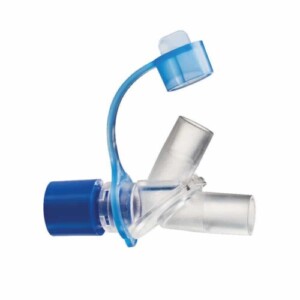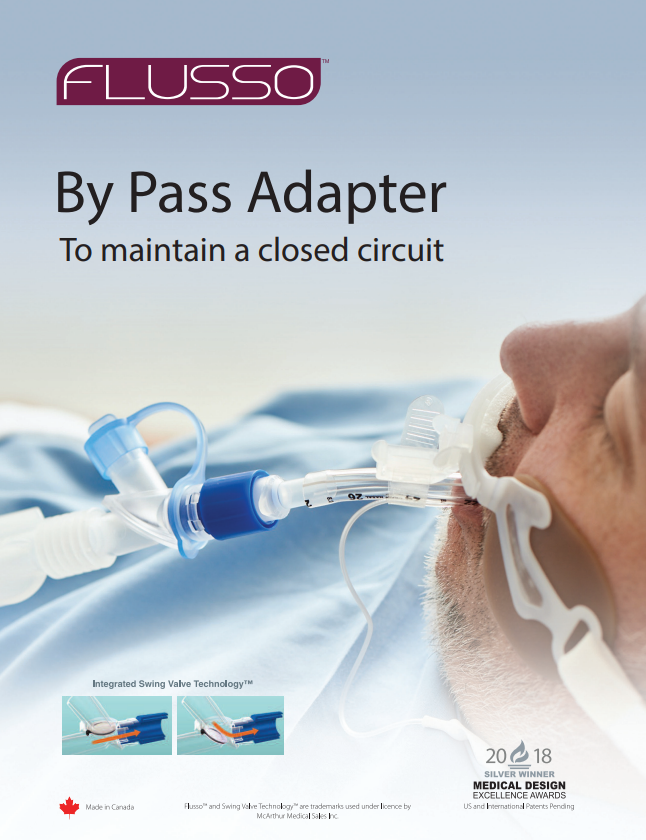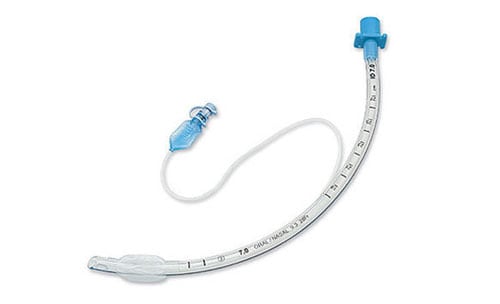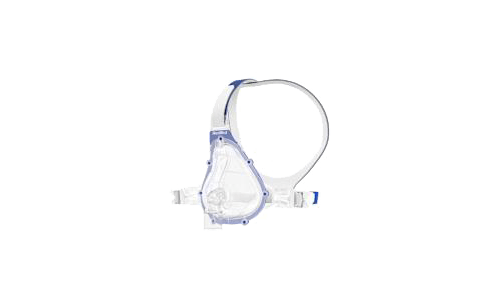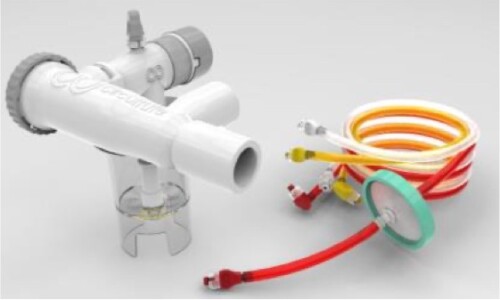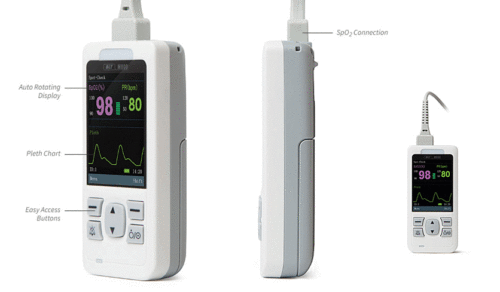Flusso™ is a by pass adapter that can be used with passive or active humidity systems to prevent the disconnection of the patient from the mechanical ventilator during a circuit change, HME change or disconnection of patient for transport.
Flusso is a progression in the management of intubated patients. Using proprietary Swing Valve Technology™ Flusso encompasses a patient focus directive.
Proprietary Swing Valve Technology
Clear housing with colored valve permits visualization of function to ensure circuit remains closed at all times
Integrated swivel at patient connection to reduce torque on endotracheal tube
- Tethered port cap keeps ports clean and protects swing valve
- Minimal dead space (~6cc)
- Accommodates standard Heat and Moisture Exchangers (HME), resuscitation bag and breathing circuits
- Standard ISO connections
